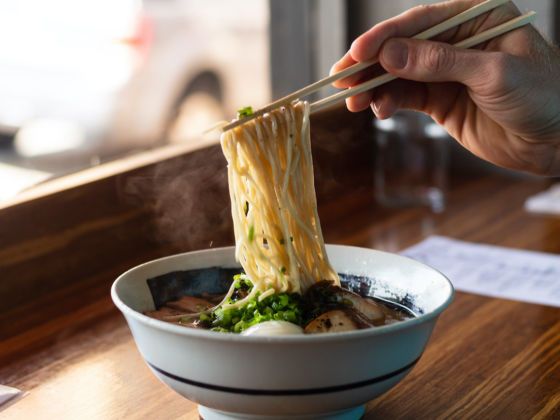Kyushu Jangara – Harajuku Branch
Kyushu Jangara is a chain shop hailing from the island Kyushu (hence the name). Jangara is one of the most tourist friendly ramen shops in all of Tokyo, located just a one minute walk from Harajuku station. It also has an English menu, making ordering easy for first-timers.
On most weekends a member of the staff can be seen just outside the entrance, trying to usher shoppers inside and control customers in waiting if the line gets long.
The soup stock here is tonkotsu (pork bone) based, made from slow roasting pork bones for hours, sometimes even days. You can usually pick up a strange smell in the air that is characteristic of the tonkotsu stock making process.
The noodles here are quite good, and I would definitely recommend the shop due to its convenience and proximity to the shopping Mecca of Harajuku.
Kyushu Jangara – Harajuku
Shanzeru Harajuku II 1-2F, 1-13-21 Jingumae, Shibuya-ku, Tokyo
Tel: 03.3404.5572
